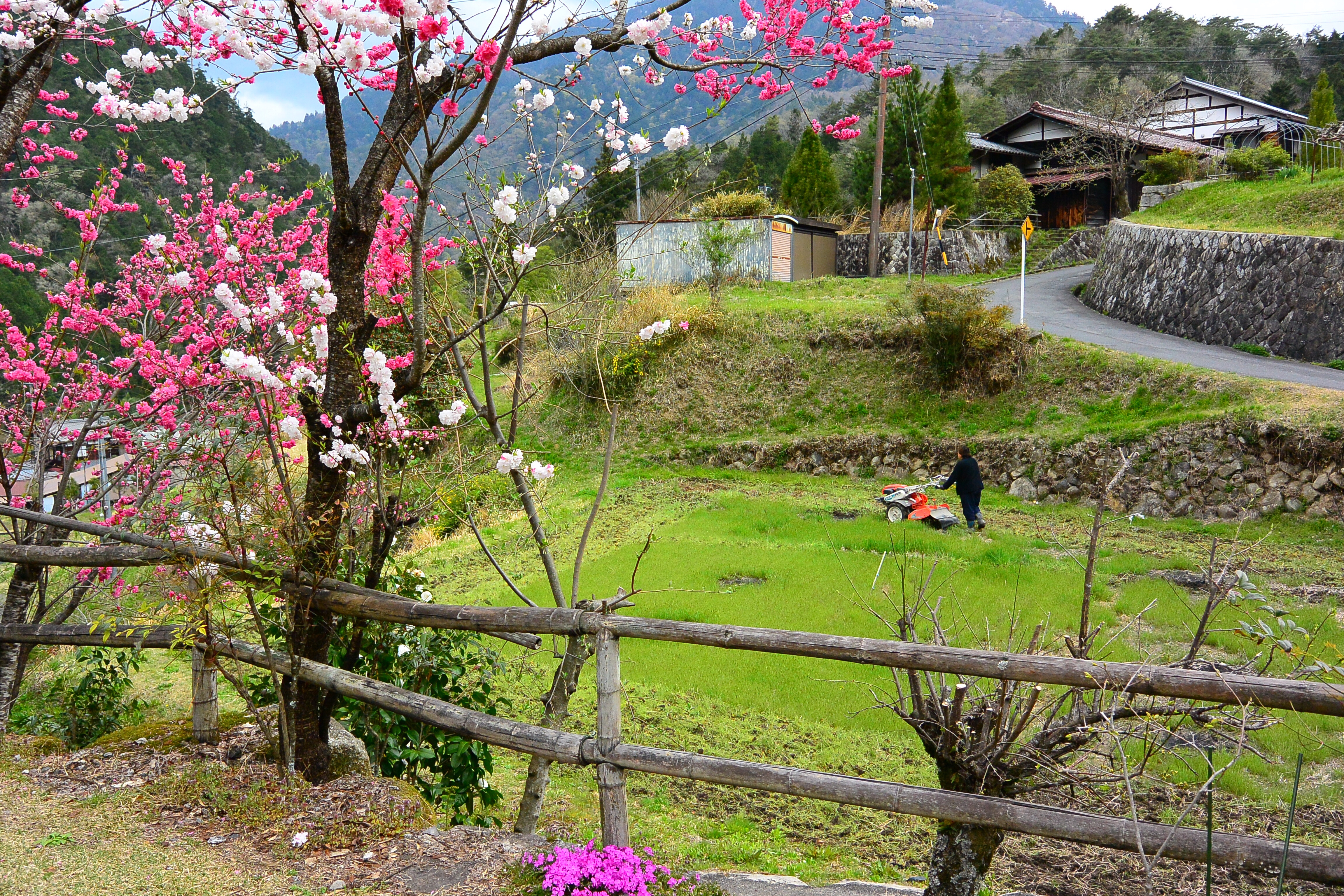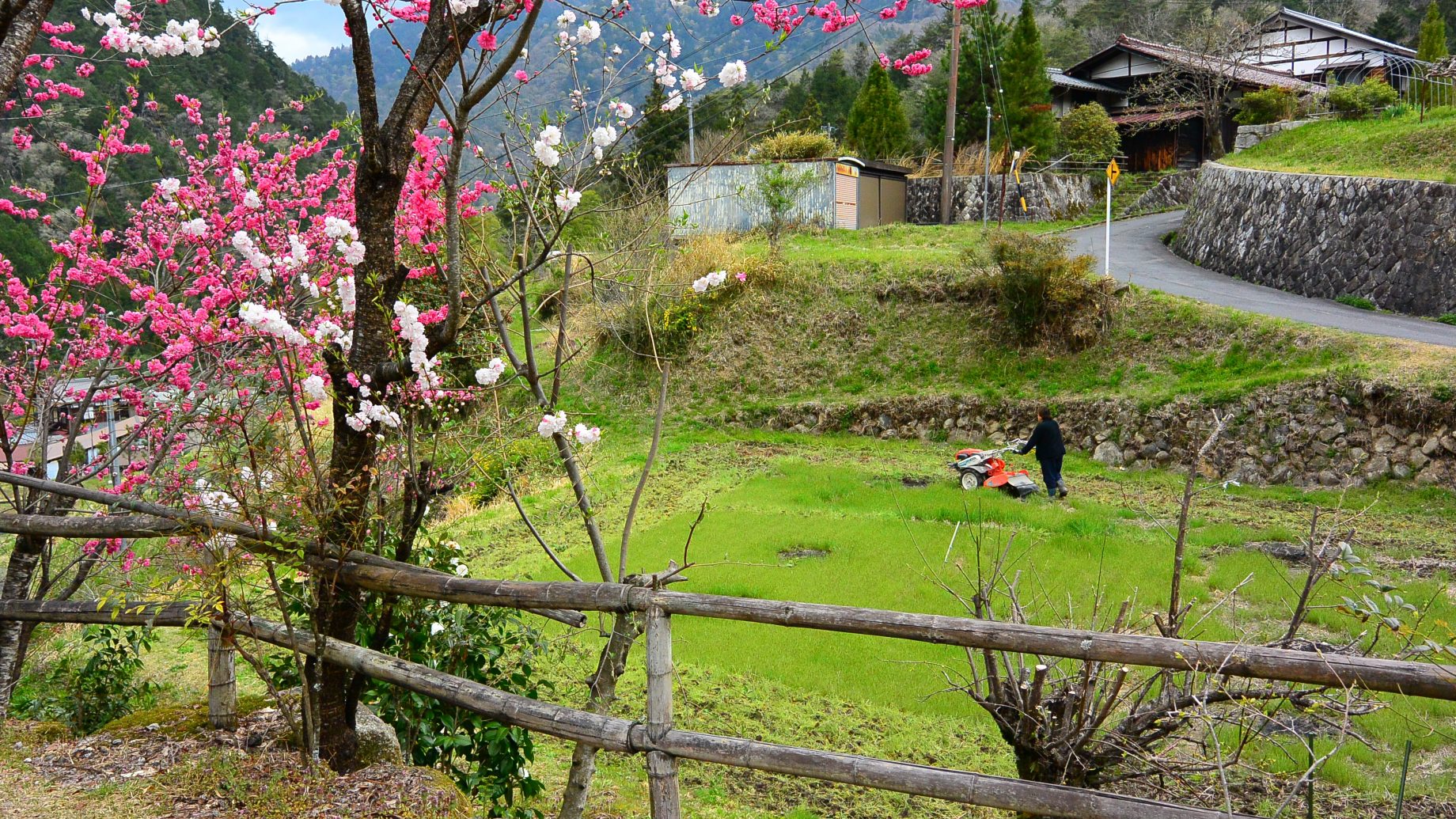Our journey in Japan has taken us to Gifu Prefecture, west of Tokyo, where our walk started for the day. As is often the case, when not 100% sure which way to go, choose the hardest and steepest option; it will almost certainly be correct. A bus from our ryokan dropped us a short distance away in Magome, where we would pick up the start (for us) of a walk along the Nakasendo Trail to Tsumago in an adjacent valley.
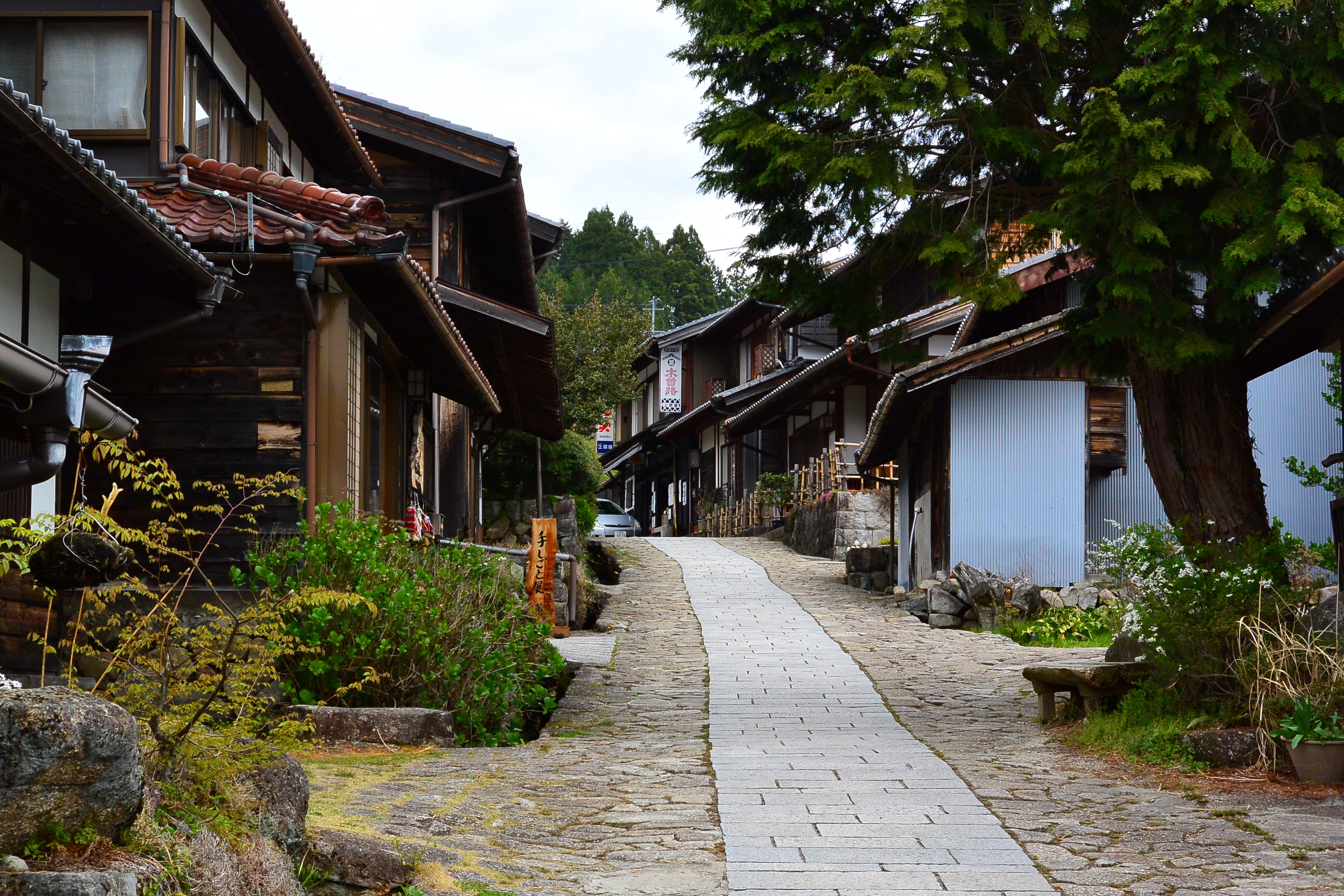
The Nakasendo Trail was originally set up as part of a network of thousand-year-old roads. It was formally re-established and operational from 1603 to 1867 as one of the official roads feudal lords had to follow when visiting Edo (Tokyo) – visits were mandated at a set period of time every year by the ruling Shogun. The Nakasendo runs between Tokyo and Kyoto; the towns along the way are known as ‘post towns’ and are where accommodation and transport services could be found. These days the ancient villages are more tourist attractions and a place to stay for walkers and visitors to the countryside.
The climb out of Magome was along a cobblestone path between rows of ancient shops and residences, these days selling to a different clientele who are more interested in souvenirs and getting something to eat and drink than their predecessors. Tour buses dispatch their contents at the high side of town so passengers can slowly make their way to the low end of town and move on to their next destination for the day.
We noted that, once clear of the Magome tourist precinct, we were back to walking pretty much on our own through the countryside and into the surrounding forests. Having faced bear warning signs previously on this trip, it came as no surprise that further signs were encountered along the way. The difference was that each sign was next to a large bell which walkers were encouraged to ring in the hope that the noise would scare bears away.
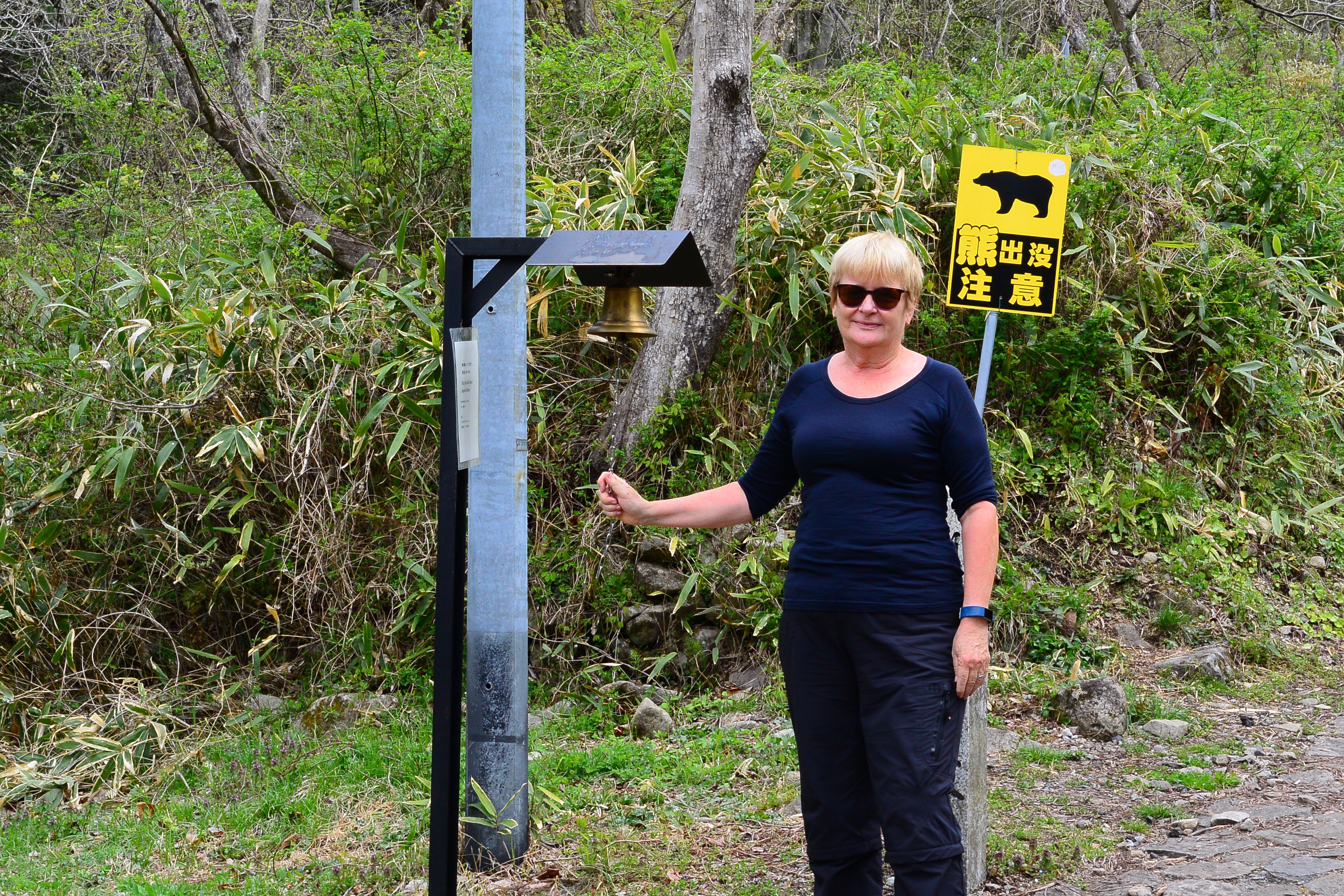
We did wonder whether there were cunning bears out there who had learnt to equate the sound of ringing bells with a potential meal. In some places the bear bells were spaced about 200 metres apart; elsewhere they might be up to a kilometre apart. One sensed their frequency was in direct proportion to the likelihood of encountering a bear.
Small farms were being worked by elderly women as we crossed over into the next valley. A group of tourists with American accents exited from a bus that had driven them to the mountain pass we had just crossed over so they could descend the final 5 kilometres into Tsumago. They were quickly behind us, as the lure of a sit down and a cup of tea 1 kilometre into their “walk” was too much for them.

The trail followed the Otaru River as it grew from a small stream cascading over rocks into a larger river that was sufficient enough to attract the attention of a local fly fisherman. The sound of running water became a constant background noise for the walk into Tsumago.
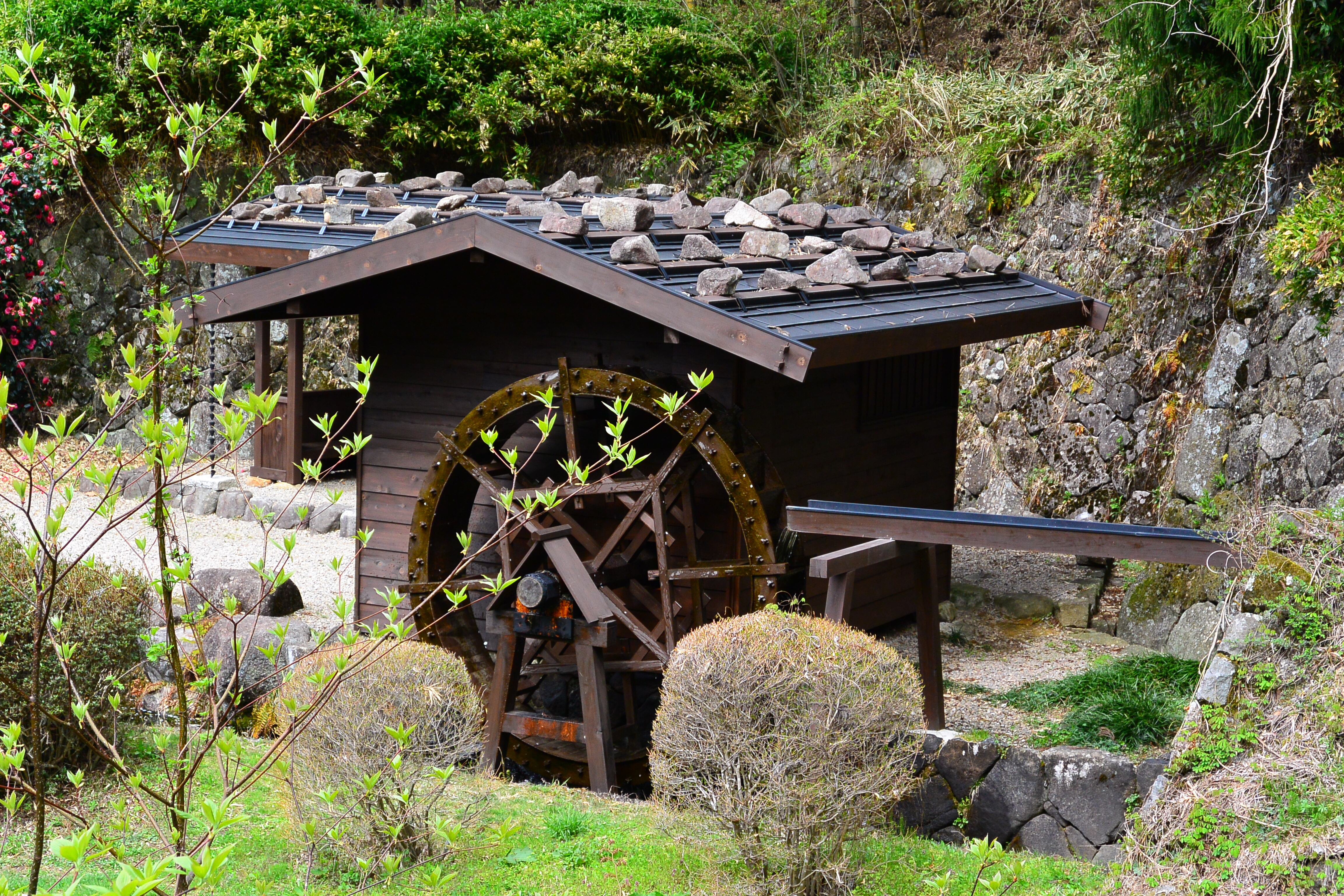
With so much water about, it made sense that the locals had harnessed the plentiful supplies. We passed three water wheels along the walk, and stopped to watch one being attended to by a council worker. It appeared he was making sure everything was operating correctly. It was our guess that the water wheels were no longer used for grinding grains; they were possibly now supplementing power to the small rural communities we walked through.
The farmlands eventually gave way to the town of Tsumago, with its timber houses and store fronts lining the narrow paved road. The timber has long faded to dark grey and black as the seasons have taken their toll on the once blond-coloured wood. To brighten things up flowers were grown in pots and gardens, together with blossoming trees and other plants just ready to burst into life after a cold winter.
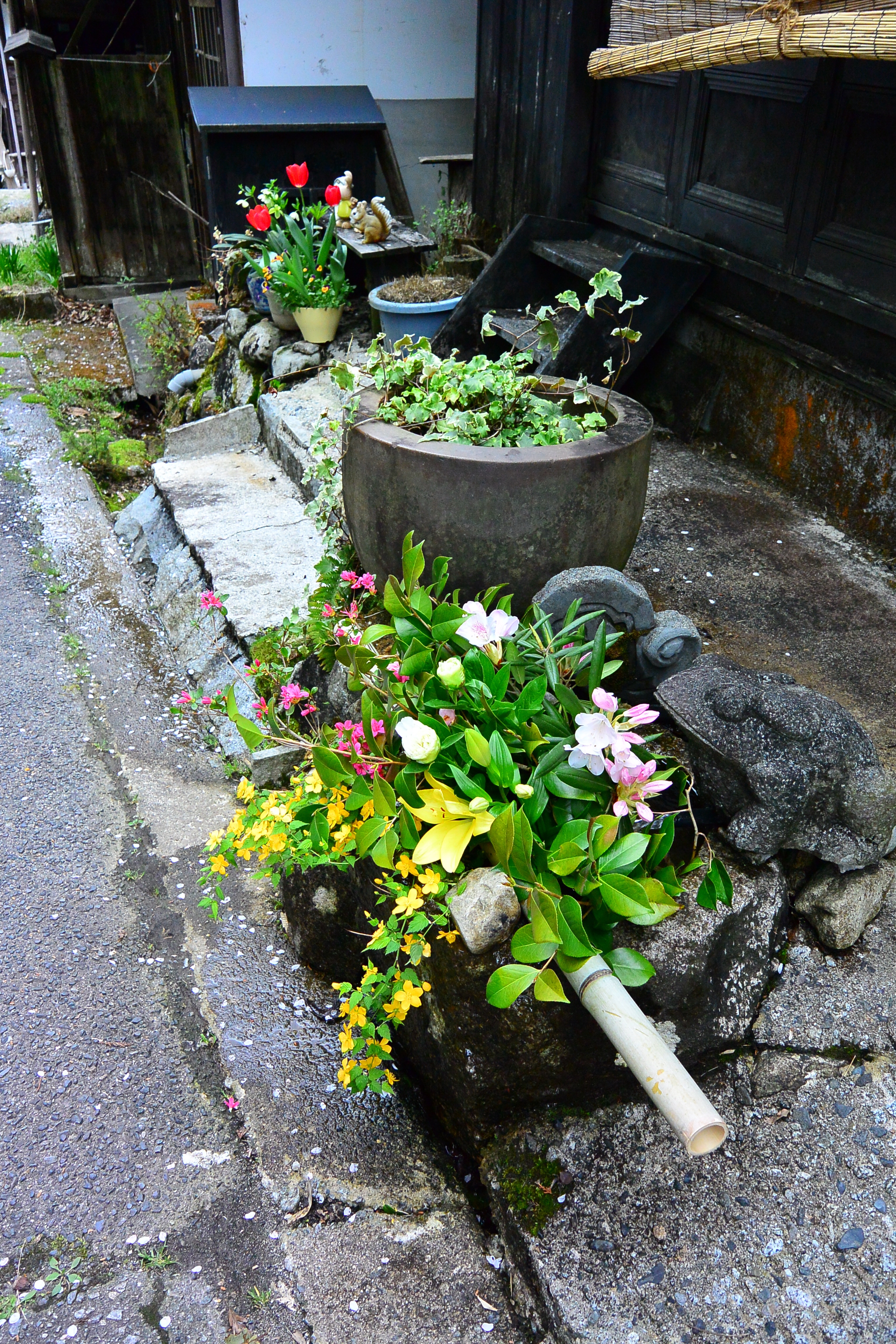
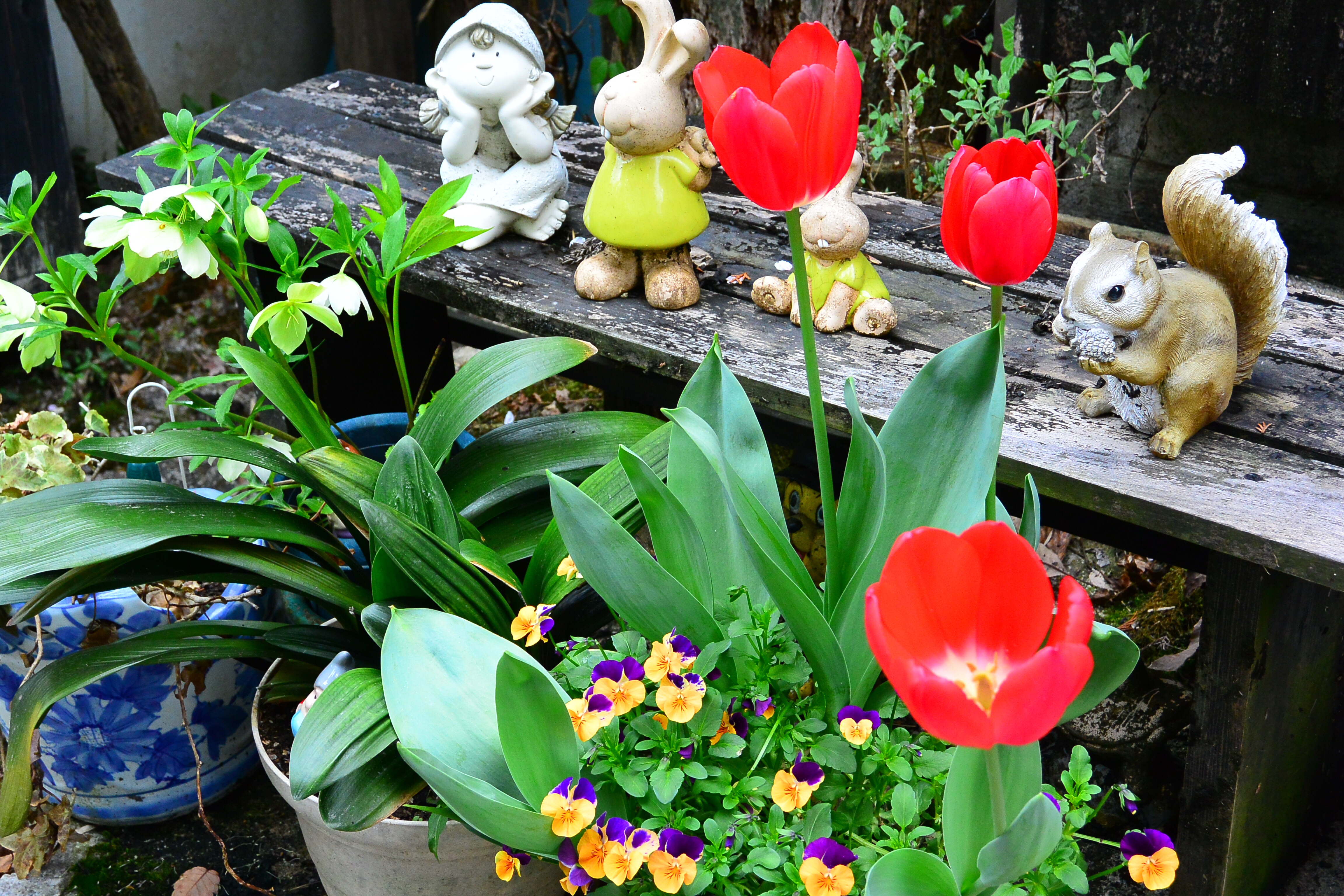
We found our accomodation for the evening at the other end of town, dropped off our backpacks and ventured back through the narrow streets for a bit more sightseeing. There has been an effort to preserve many of the older features around town – including the area where transport and horses could be arranged for the forward journey, along with many near-original houses. These typically had their fireplaces located on a brick hearth in the centre of the timber building, with vents in the ceiling to allow some smoke to escape. This arrangement provided both heating and cooking for the residences; unfortunately it also explains why many buildings have burnt down and needed to be rebuilt in more recent years.

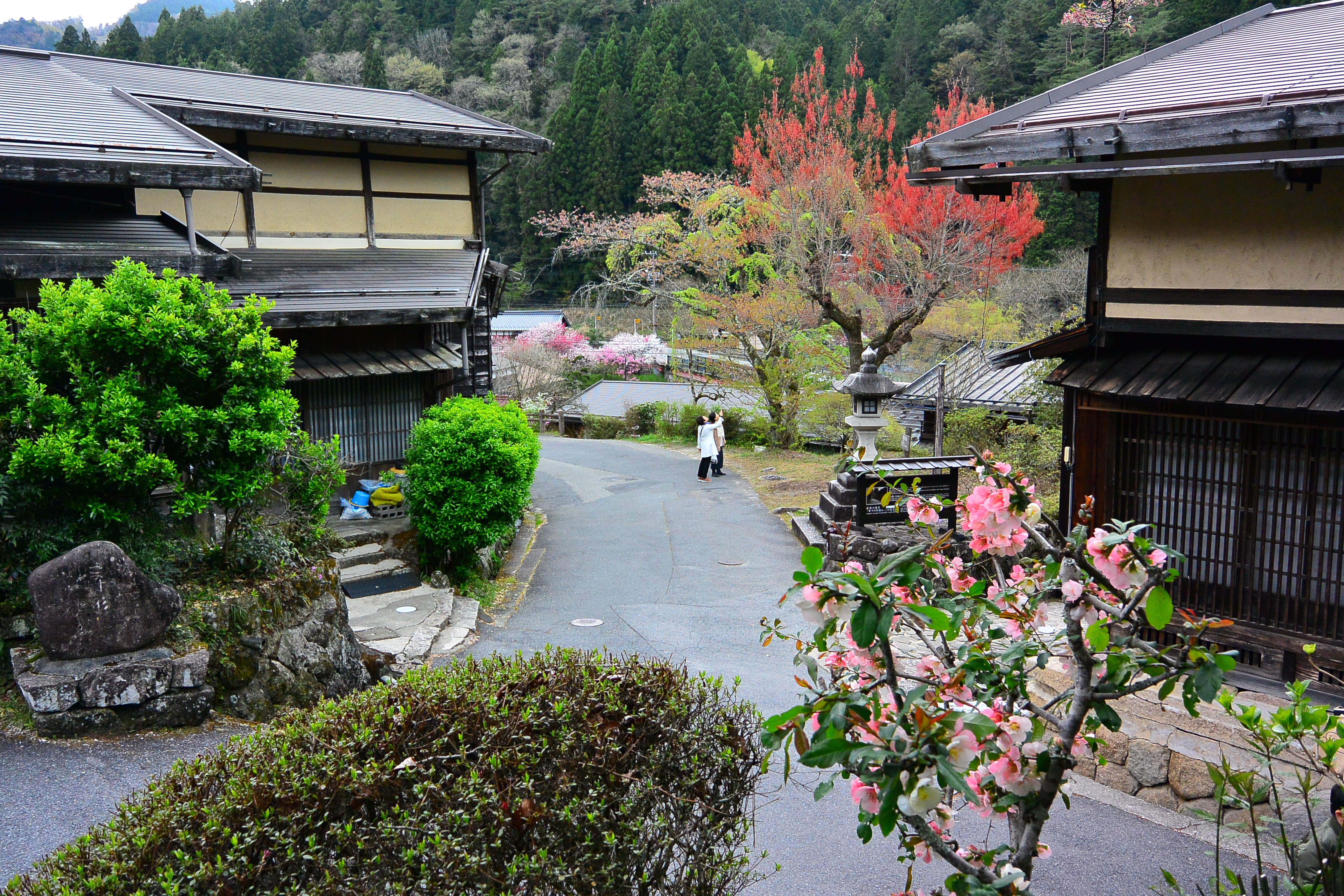
Lunch was in a local restaurant where we ordered a bowl of soba noodles with field-picked mushrooms and vegetables, together with a local speciality – chargrilled rice balls. We sat amongst locals and struggled to hold back laughter when their soba noodles were served up and they set about slurping their way through the whole lot. We have read that slurping your noodles is not only OK but encouraged, as it brings out more flavour from the noodles by drawing in air as they are eaten.
We struggled in the slurping department, but enjoyed our noodles enormously nonetheless. We also found the chargrilled rice balls to be delicious. Their marketing could be better, as they were actually a tennis ball-sized piece of cooked sticky rice shaped around a bamboo skewer then flattened a little and roasted over a charcoal grill. When served, it was covered with a sauce that immediately tasted like satay sauce to us.
Before checking in to our ryokan, we stood and watched a woman preparing a field for this season’s rice crop. One senses the rural communities are doing it hard, and every bit helps as people desert the countryside for the bigger cities.
